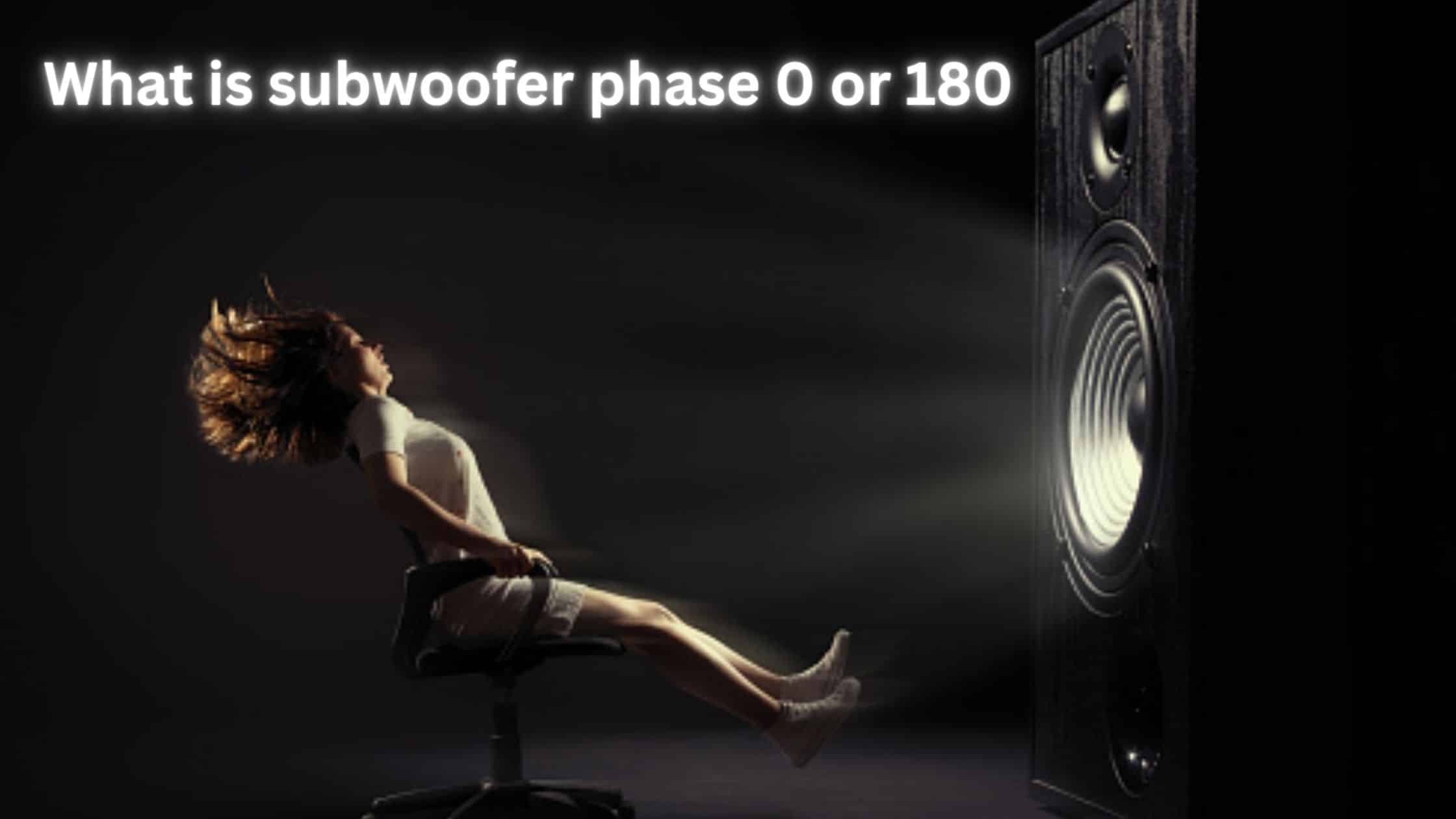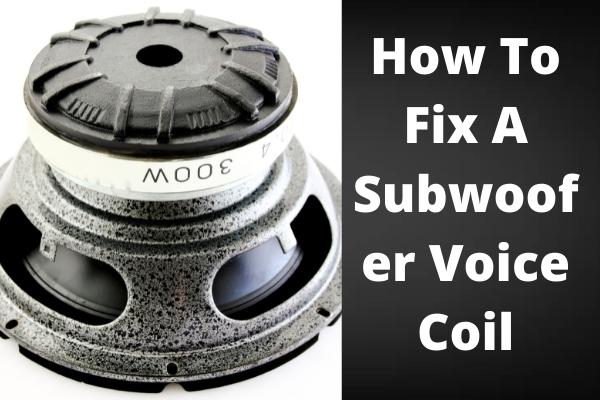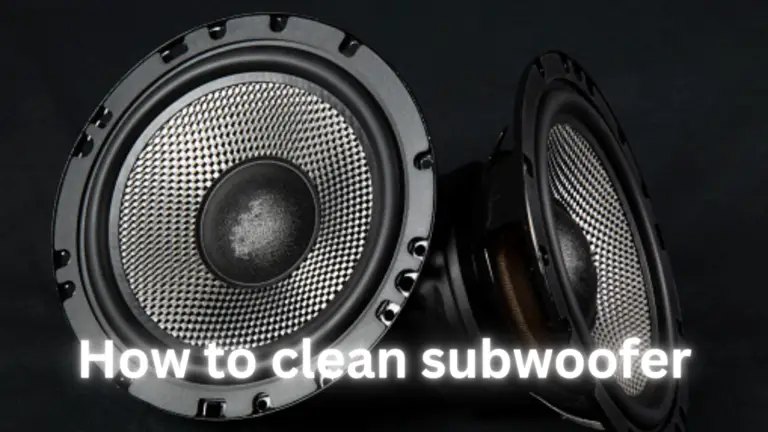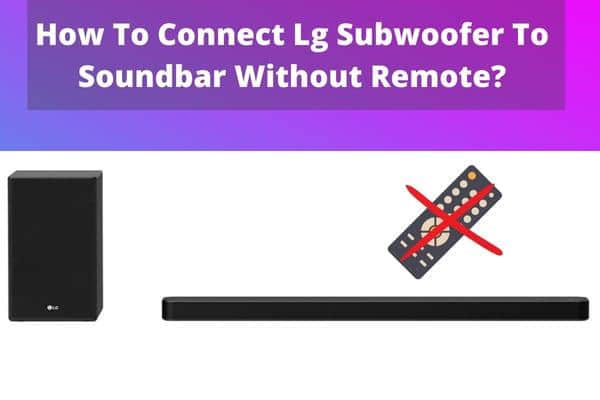
As a newbie to setting up a home theater, you may have had to buy subwoofers.
They are a part of the audio system. You can use them just by adjusting the volume and bass for a decent audio system.
But if you’re not familiar with their features and phase control, you’ll miss out on many great bass-boosted audio experiences.
So here, we’ll be giving you the complete guide to the question “what is subwoofer phase 0 or 180” so you can enhance the sound experience from your audio system and optimize it by setting up your subwoofers effectively.
- What is the “Phase setting” feature of Subwoofers?
- What is subwoofer phase 0 or 180 in subwoofer setting
- Phase 0: “The normal phase”
- Phase 180: “The reverse phase”
- Variable phase (between 0 or 180 degrees)
- What is the right subwoofer phase for your audio system?
- Sound Quality:
- Subwoofer’s relative positioning:
- How do I set my subwoofer phase 0 or 180?
- How do I know if my subwoofer is in phase?
- Conclusion
- Frequently Asked Questions
What is the “Phase setting” feature of Subwoofers?
Phase control is a kind of electrical instruction for delaying the signal, and this setting ranges from 0 to 180 degrees.
Setting the correct phase means your other speakers will synchronize and play in harmony with your subwoofer, creating a perfect audio experience.
There is a phase switch that you can use to adjust your subwoofer’s phase. Your phase setting may depend on your room’s structure and your subwoofer’s positioning relative to your other audio devices in the space.
You can tell when your subwoofer is not operating in the right phase if you notice no bass compared to other speakers.
Similarly, if your speakers give a heavier bass in one compared to the other, they’re also out of phase.
So let’s explore the phase settings to fine-tune your audio system.
What is subwoofer phase 0 or 180 in subwoofer setting
Phase 0: “The normal phase”
This phase is best when your speakers and subwoofers are located close to each other and pointed in the same direction.
Essentially, this phase means there will be no delay between the incoming signal’s transmissions.
It also means that your speaker and subwoofer are operating in the same phase, and there’s no delay required to synchronize them.
In this phase, as the direction of the subwoofer and the speaker is the same, the sound waves from both devices combine to form a new, stimulated audio.
You’ll find this setting to work best when your speaker and subwoofer are placed in opposite directions to each other, or in other words, facing each other.
Phase 180: “The reverse phase”
This phase is called “reverse” since the polarity of your subwoofer is turned opposite to your speakers as you set it at 180 degrees.
The “reverse phase” means that your subwoofer’s driver pumps inwards while your speaker functions outwards.
Hence, there’s no interference between the sound waves generated by the speaker and the subwoofer.
This way, there’s no discrepancy between these devices interrupting the other’s function.
However, the no-interference part reduces the total bass-output potential for this phase setting, so you’ll find this a setback.
Variable phase (between 0 or 180 degrees)
In this phase, you can set the subwoofer between 0 to 180 degrees to hit the right sound output.
This phase setting generally involves facing a loss in the output signal. Still, the subwoofers with the variable phase features are usually more accurate for phase setting to get the perfect sync in your audio system.
This efficiency of the phase adjustment cancels the loss, and the output improves overall.
What is the right subwoofer phase for your audio system?
The right phase for your speaker depends on the location and positioning of your speakers relative to the subwoofer, as well as the sound quality the system produces.
Considering these factors will make it easy for you to decide.
Sound Quality:
You can achieve this by sensing which decibel output gives the best sound quality to your ears.
It can be achieved by a high as well as a low decibel output which you can find more about here.
Even with the proper position, the sound quality may not be achieved. This can be due to the room’s bad acoustics or any materials that reflect the sound in a way that distorts the original sound waves.
So judging the eventual sound quality is more important than any other factor.
Subwoofer’s relative positioning:
As discussed above, if the speakers and the subwoofers are positioned in line with each other on the same wall and faced in the same direction, they’ll play sound together.
This will work best when the subwoofer’s phase is turned to 0 degrees which means there will be no delay.
On the other hand, if the speakers are located opposite each other, on different walls, and the pointers are facing each other, then phase 180 will do the job of syncing them.
The reversed polarity will even out the destructive sound interaction that may occur due to the direction.
How do I set my subwoofer phase 0 or 180?
Setting your subwoofer’s phase is generally not a tricky task, and you can most likely do it yourself without needing a professional.
First, set the volume at your desired level, ensuring that it’s not too high- you’ll not be able to compare at higher volumes.
Now, sit in the spot you’ll be sitting to listen usually and then start slowly increasing the volume to hear at each level.
Playing some bass-heavy music will help compare the sound.
If you don’t sense any stark difference in the bass between each level, then you’ll need to choose the 0-degree phase.
Setting the volume too high on the subwoofer will overwhelm the speaker while setting it too low will make the speaker go out of sync.
You’ll eventually hit the right level by the trial and balance demonstrated.
How do I know if my subwoofer is in phase?
If your main speakers and subwoofers are supposedly in phase, the woofer cones of your speakers and subwoofers will be moving back and forth in sync when the system is operating at the subwoofer crossover frequency. They’ll perfect each other’s sound output.
Conclusion
The feature of phase 0 or 180 aids the subwoofer in delaying the audio signal by 0 to 180 degrees to sync with the speaker’s audio signal.
Understanding which subwoofer phase is best for your sound system depends mainly on the positioning and resulting sound quality.
You can effortlessly nail the perfect sound output by experimenting and playing around to hit that exact consistency that works best with the acoustics of your room combined with the subwoofer and speaker’s properties.
Frequently Asked Questions
What does phase 0 or 180 mean?
This setting feature in subwoofers is there to acoustically match the output of the subwoofer with the output produced by the main speakers.
What is subwoofer polarity?
The subwoofer polarity has to do with its signal being positive or negative. If you invert the polarity, the speaker cone will move outwards if it was moving inwards before.






